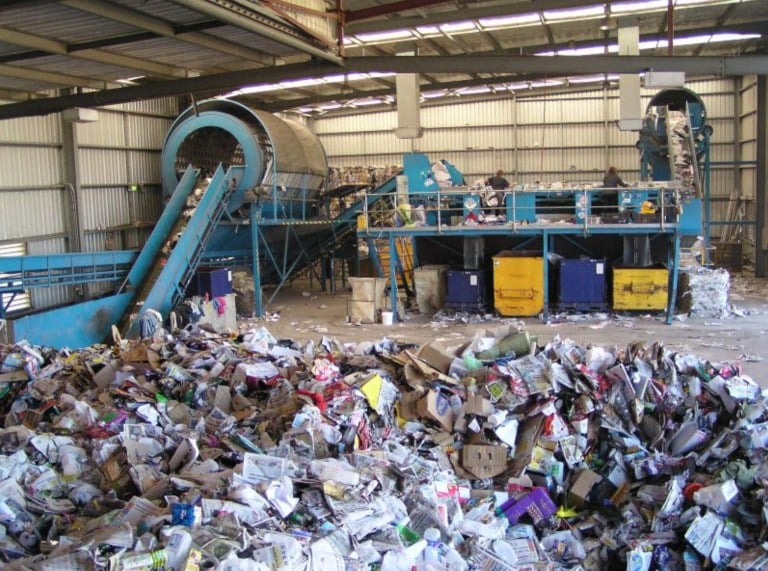Whether it’s a plastic boba cup after a late-night craving or a paper Coupa coffee container, students on campus frequently discard their recyclable or compostable items in the landfill. This generates additional waste that can’t always be sorted from landfill-bound items at recycling management facilities.
However, the problem extends beyond Stanford –– according to the city’s most recent Waste Characterization Study, 70 percent of what is thrown away in Palo Alto could be recycled or composted instead. The city is working to drive this number down in its quest to move toward zero waste, meaning that next to no trash would be sent to landfills, incinerators or the ocean.
“I think we realized a long time ago that landfill space is a limited resource,” said Daniel North told the Palo Alto Weekly. North is the district manager at Kirby Canyon Recycling and Disposal Facility, which manages the city’s landfill-bound trash.
“It’s in everyone’s interest to make sure that as little material goes to the landfill as possible,” he added.
Palo Alto’s Zero Waste Plan, which was initially implemented in 2007 and updated in 2018, is a systematic solution to achieve the zero waste goal. The plan seeks to improve to waste management, resource management and enforcement of consumer and producer responsibility. It identifies 48 short-term, medium-term and long-term zero waste initiatives that use a variety of tactics to drive landfill diversion, waste prevention, recycling and composting.
One important step in improving waste management involves sorting trash before it even gets to the landfill. Palo Alto’s trash is sent to the Sunnyvale Materials Recovery and Transfer (SMaRT) Station, where recyclable and compostable materials like apple cores, banana peels and soda cans are salvaged and separated from those that are not. Just last year, this step alone helped to divert 8,500 tons of waste — about 30 percent of what gets processed — from landfills. The city is hoping to triple that percentage by 2021.
Trash that doesn’t get diverted is loaded onto trucks, which travel to a disposal facility in Morgan Hill. There, the waste is bulldozed and ground into debris. Methane from this operation is collected underground and burned off by a flare, but even that step has room for improvement — the methane gas could easily be converted into renewable energy.
It has become critical for the city to set aggressive zero waste goals because of market fluxes overseas — namely, China’s National Sword Policy, which forbids international imports of cardboard, mixed paper and plastics until the country has more environmental protection measures in place.
Palo Alto currently sends about 75 percent of its recycling overseas because of the lack of domestic markets, and though it is possible for the city to continually divert this recycling to countries in Southeast Asia, domestic recycling facilities are starting to realize that there’s a better solution: to reduce waste locally.
To drive reduced plastic use, Palo Alto’s city staff are proposing an ordinance to ban certain single-use plastics, such as straws and utensils, which they will discuss at the City Council meeting on May 20. If passed, the ordinance will not only ban the aforementioned plastics, but require the use of compostable or recyclable replacements.
Contact Kaylee Beam at kbeam97 ‘at’ stanford.edu.
